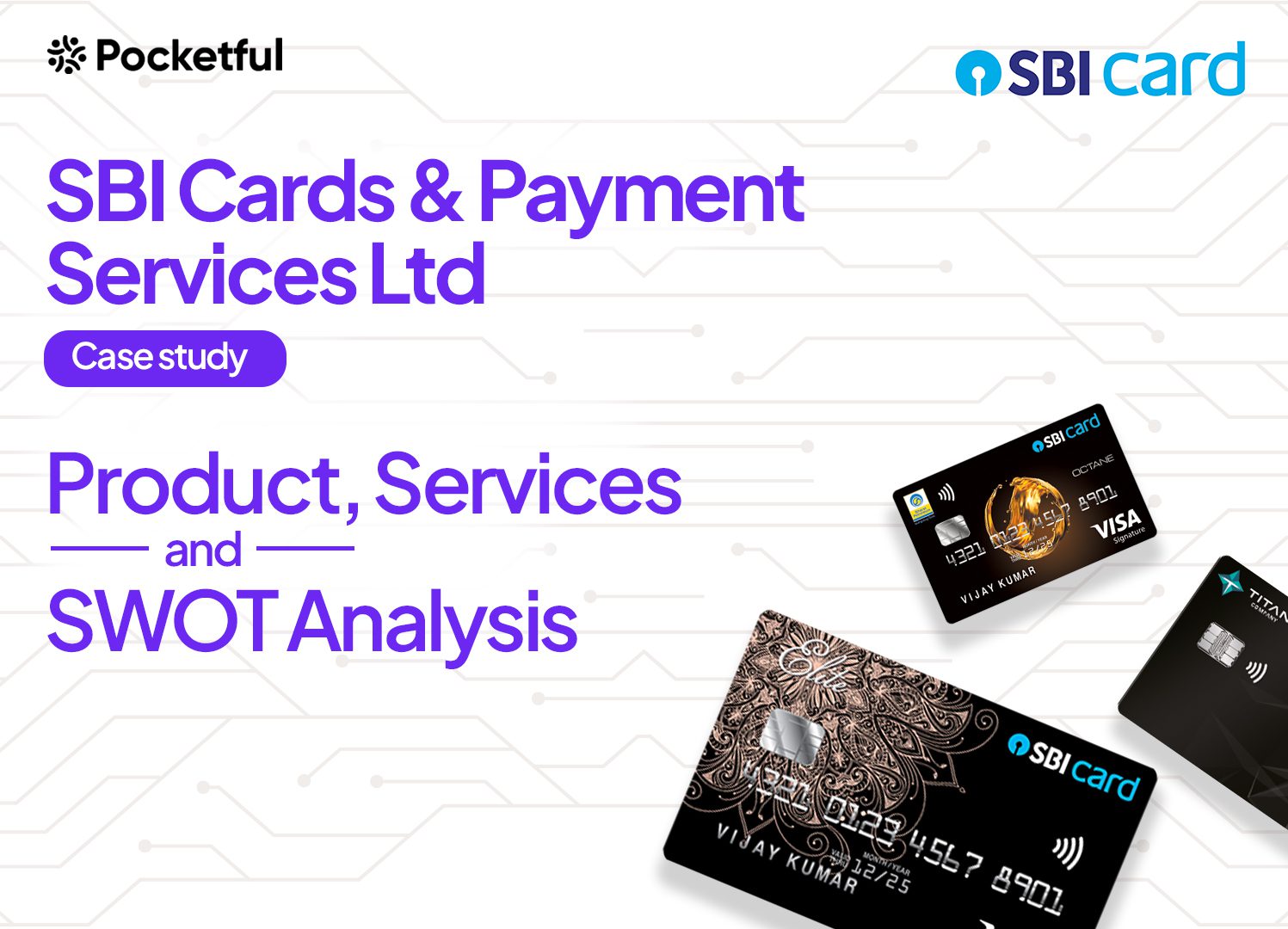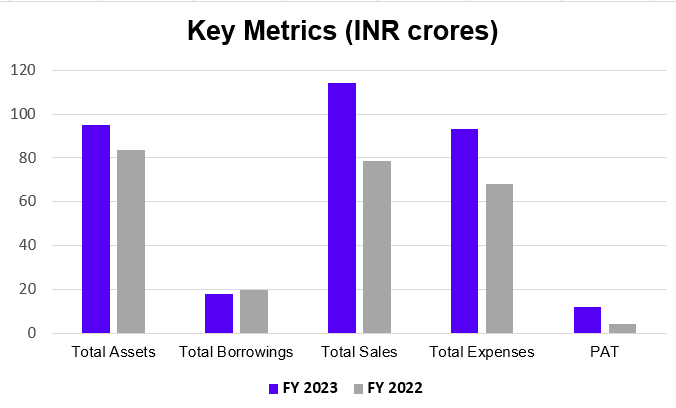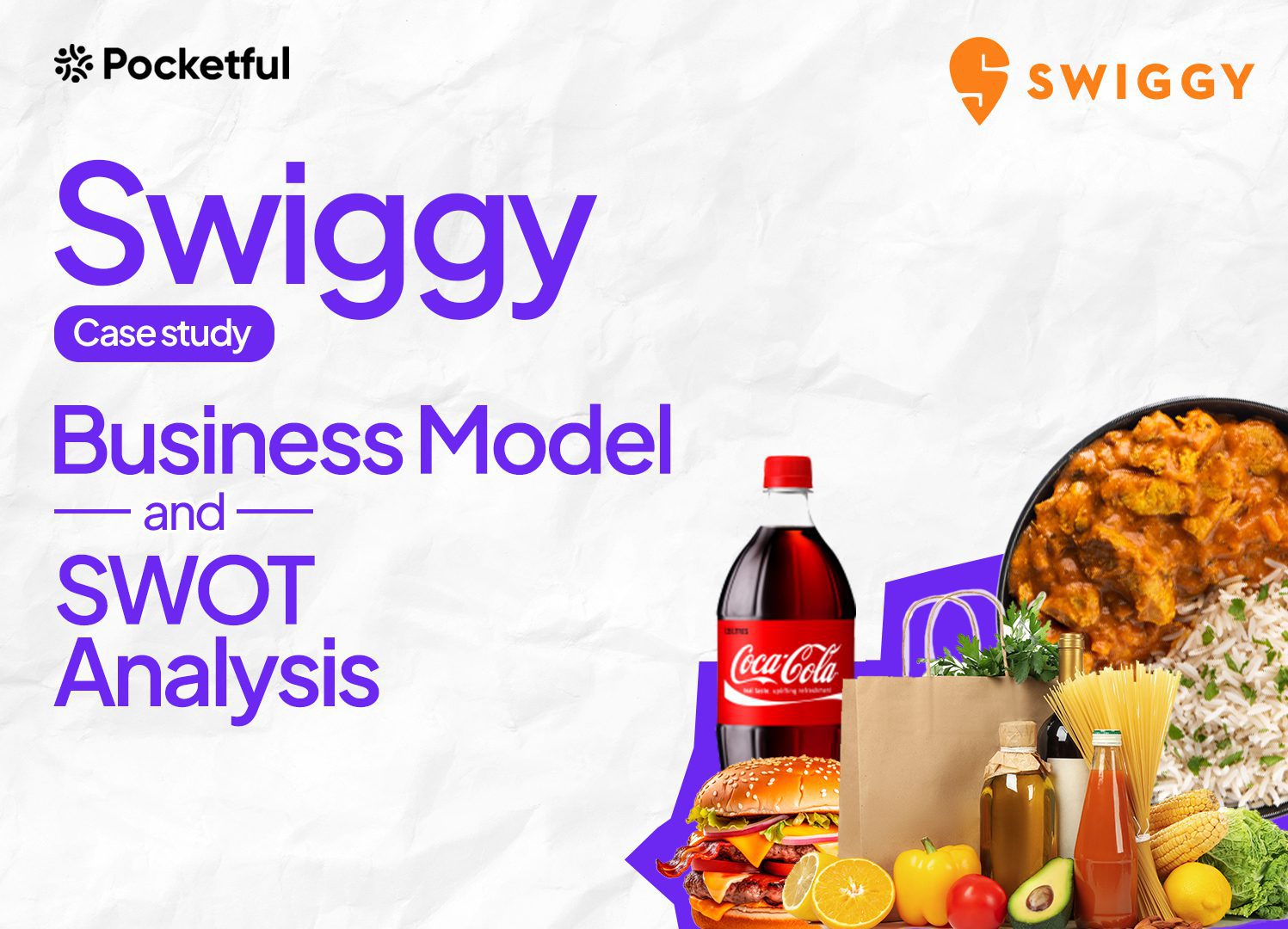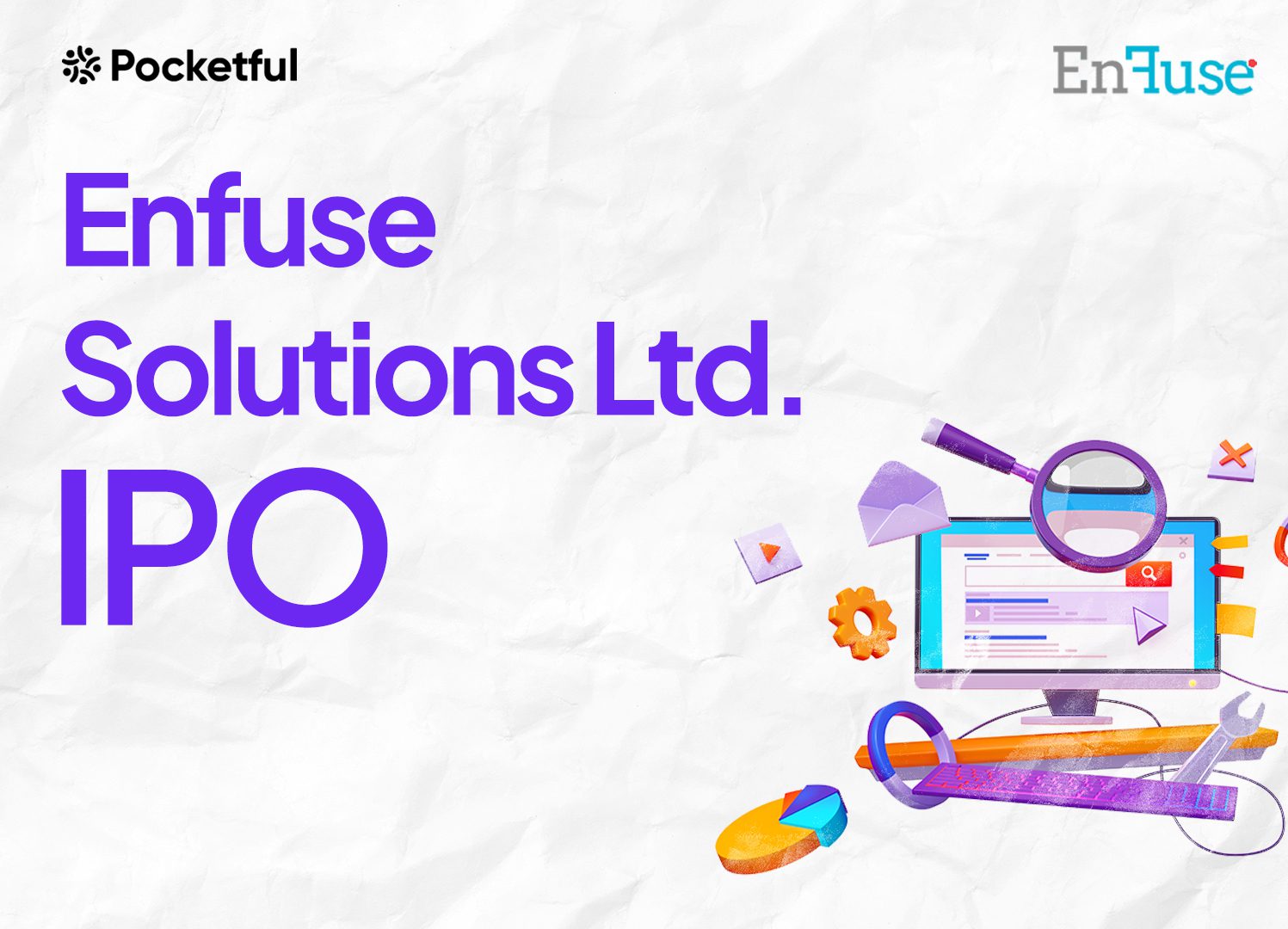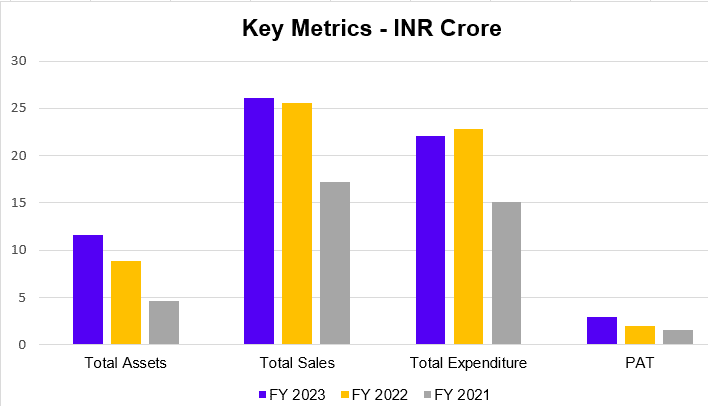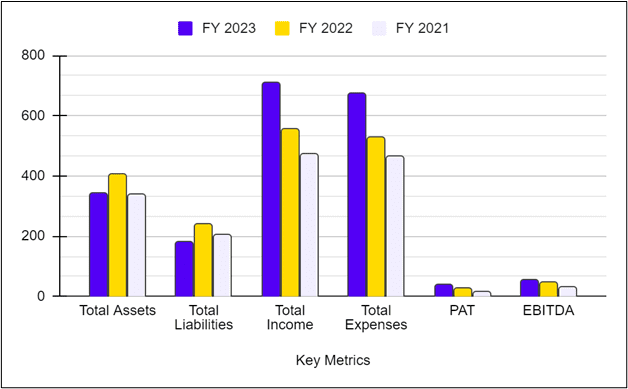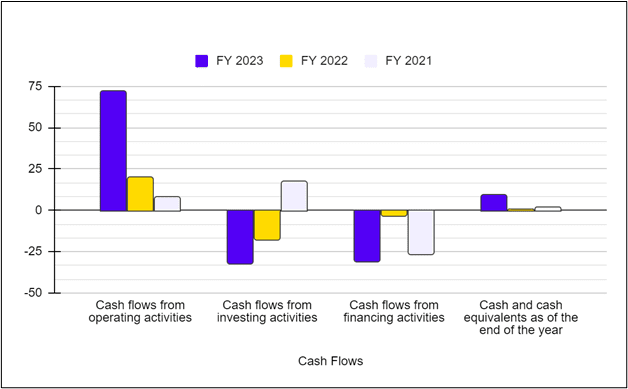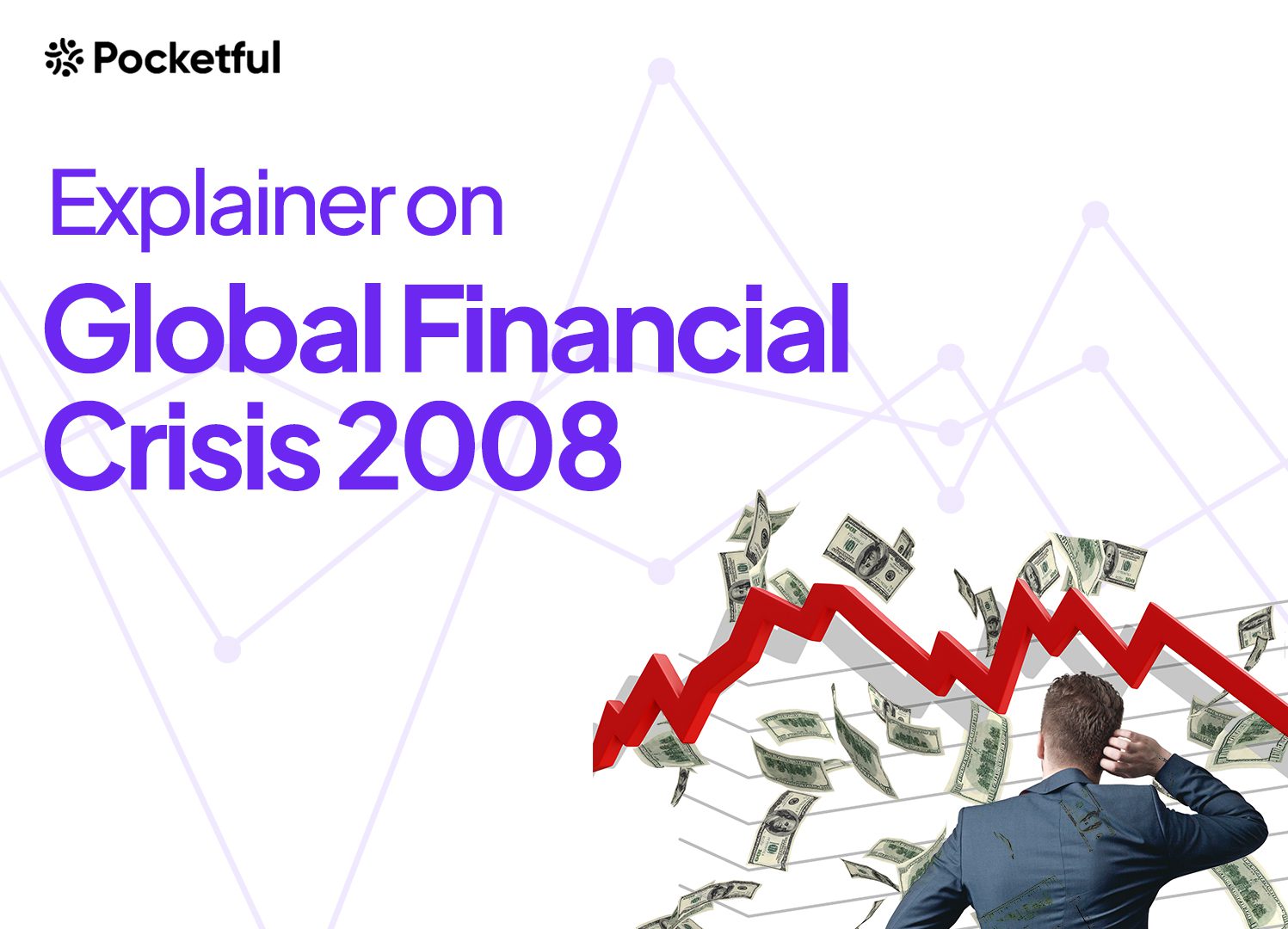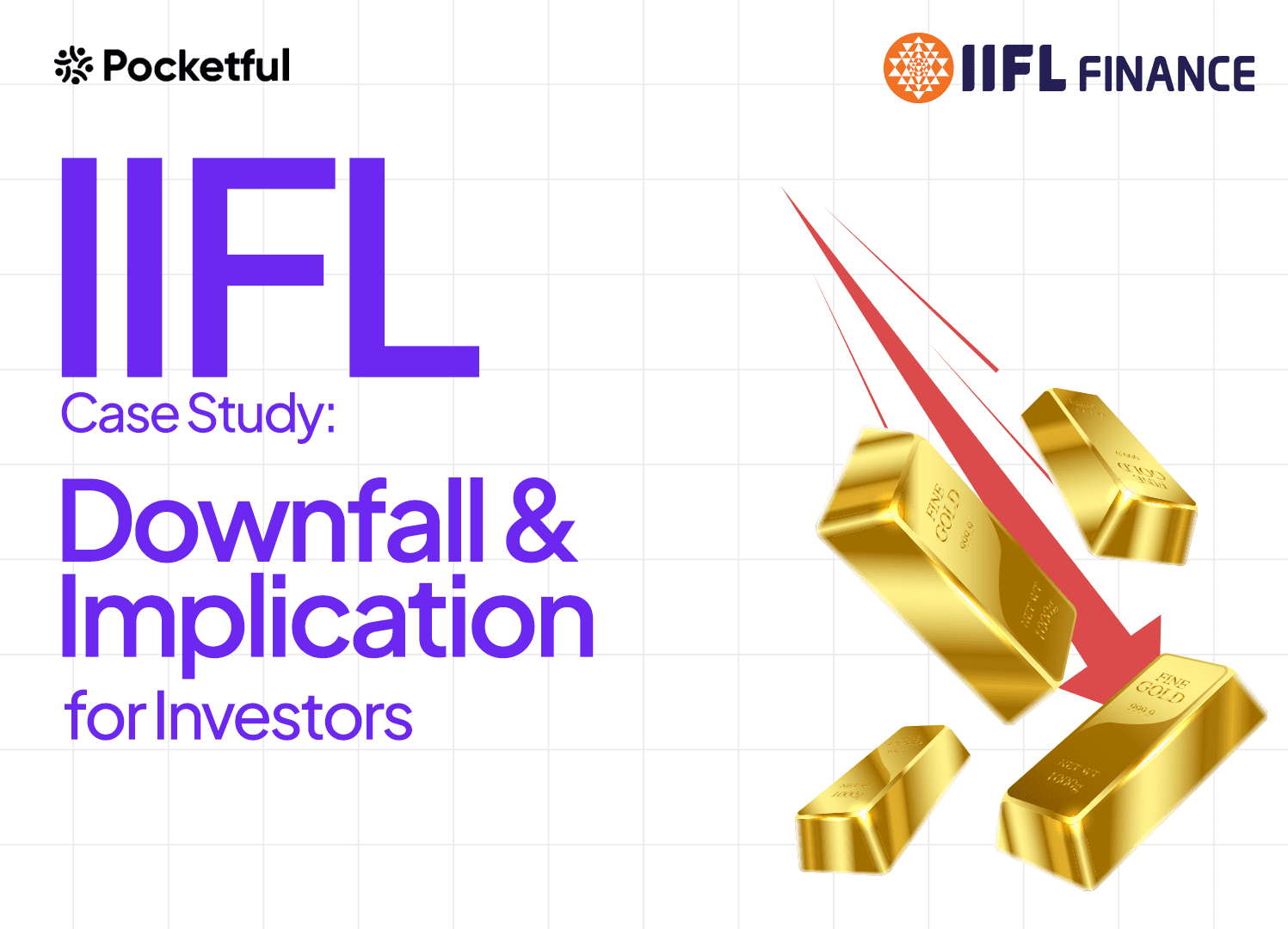1998 SBI entered the Indian credit card market with its Cards and Payment services arm. At the time, the industry was still picking up so SBI Cards had a lot of scope for growth. But a lot of time has passed, so let’s delve into the SBI Cards Case Study to understand their market, business segments, financials, and SWOT analysis.
Overview of SBI Cards and Payment Services
State Bank of India Cards was launched in 1998 by SBI and GE Capital as a Joint Venture. The company is headquartered in Gurugram, India. The company aims to offer Indian consumers access to a wide range of world-class, value-added payment products and services and, in doing so, simplify the lives of the customers.
In December 2017, the State Bank of India and The Carlyle Group acquired GE Capital’s stake in SBI Card. The company officially changed its name to SBI Cards and Payments Services Limited in August 2019. SBI Card then became the first pure-play credit card company to list on the stock exchanges in India in March 2020.
With more than 1.68 crore cards issued as of March 31, 2023, SBI Cards and Payments Services Ltd. is the largest pure-play credit card issuer and the second-largest credit card player in the nation. The company also has the second-largest market share in credit cards with an 18.2% share as of March 31, 2023. Let’s have a quick summary of the company:
| Industry | Payment processing industry |
| Headquarters | Gurugram, India |
| Products | Credit cards |
| Services | Payments processing |
Products and Services Offered
SBI Cards have different cards for the various needs of their customers. Some of the cards issued by the company are:
SBI Card Elite
SBI Card Elite is an all-rounder premium card that offers benefits across multiple categories, such as travel, movies, dining, and rewards. The cardholders can earn decent rewards on their everyday spending along with substantial milestone benefits. This card is suitable for high spenders.
Features
- Welcome e-Gift Voucher worth Rs. 5,000
- Get free movie tickets worth Rs. 6,000 every year
- Earn up to 50,000 Bonus Reward Points worth Rs.12,500 per year
- Complimentary membership is available to the members of Club Vistara and the Trident Privilege program.
SBI Card Pulse
SBI Card Pulse is a credit card specially tailored for people who are health-conscious and have an active lifestyle. The card offers several complimentary health memberships and benefits to the cardholders’ well-being.
Features
- Free Noise ColorFit Pulse 2 Max Smartwatch worth Rs. 5,999 on payment of joining fees
- 12 Month Membership for FITPASS and Netmeds First Pass at the time of joining and card activation.
- 5X Reward Points on Chemist, Pharmacy, Dining, and Movie Spends.
- 8 complimentary (2 per Quarter) domestic lounge access in a calendar year.

Doctor’s SBI Card in Association with IMA
This credit card is associated with the prestigious Indian Medical Association. The card is specially tailored to keep a doctor’s lifestyle in mind.
Features
- Professional Indemnity Insurance cover of Rs. 20 Lakhs.
- E-Gift Voucher worth Rs. 1,500 on joining.
- Users will receive 5X Reward Points on Medical Supplies, Travel Bookings, International Spends, and Doctors’ Day.
- The e-Gift voucher is worth Rs. 5,000 in annual spending of Rs. 5 lakhs.
- 35% off on Avis Car Rentals bookings.
SBI Card ELITE Advantage
This card is suitable for people who travel internationally. It offers one of the lowest foreign currency markup fees, travel benefits, along with lounge access.
Features
- Welcome e-Gift Voucher worth Rs. 5,000 on joining.
- Get free movie tickets worth Rs. 6,000 every year.
- Earn up to 50,000 Bonus Reward Points worth Rs. 12,500 per year.
- Complimentary membership is available to members or users of Club Vistara and the Trident Privilege program.
- The age of salaried customers must be between 21 to 70 years.
Awards and Recognitions
- 2023 – Gold and Silvers Stevie Awards for Sales and Customer Services.
- 2022 – Recognized as the Best Brand award by The Economic Times.
- 2022 – Recognized as Reader’s Digest Trusted Brand.
- 2023 – SBI Card won the Golden Peacock National Training Award for Excellence in Training and Development in the Financial Sector.
Read Also: SBI Case Study: India’s Leading Public Sector Bank
Market Data of SBI Cards and Payment Services
Let’s have a look at the essential data of the company:
| Market Cap | ₹ 64,908 Cr. |
| TTM P/E | 27.71 |
| ROCE | 14.83 % |
| Book Value | ₹ 103.42 |
| ROE | 25.8 % |
| 52 Week High / Low | ₹ 933 / 679 |
| Dividend Yield | 0.36 % |
| Face Value | ₹ 10.0 |
Financial Highlights of SBI Cards and Payment Services
Income Statement
| Particulars | Mar-23 | Mar-22 | Mar-21 | Mar-20 |
|---|---|---|---|---|
| Operating Income | 13,666.64 | 10,677.27 | 9,296.46 | 9,276.40 |
| Total Income | 14,285.67 | 11,857.77 | 9,713.58 | 9,752.29 |
| Operating Expenses | 8,807.25 | 8,033.71 | 6,866.49 | 6,230.34 |
| Profit before Tax | 3,030.57 | 2,172.16 | 1,323.73 | 1,729.64 |
| Consolidated Profit | 2,258.47 | 1,616.14 | 984.52 | 1,244.82 |
The company is able to grow the consolidated profit at a continuously increasing rate. This growth is driven primarily by growing total income while maintaining a steady but lower expense growth rate.
Cash Flow Statement
| Particulars | Mar-23 | Mar-22 | Mar-21 | Mar-20 |
|---|---|---|---|---|
| Cash From Operating Activities | -6,670.51 | -4,391.46 | 692.32 | -4,062.93 |
| Cash Flow from Investing Activities | -921.44 | -538.12 | -996.78 | -77.17 |
| Cash from Financing Activities | 7,823.58 | 5,044.54 | 431.75 | 3,922.51 |
| Net Cash Inflow / Outflow | 231.63 | 114.96 | 127.29 | -217.59 |
The company’s operating activities have produced negative figures for the past few years now. This can be considered as a major issue as it may come across as a reduction in operational capability of the management.
Shareholding Pattern
| Shareholder Type | Dec-23 | Sep-23 | Jun-23 | Mar-23 | Dec-22 |
|---|---|---|---|---|---|
| Indian Promoter | 68.75 | 68.94 | 68.96 | 69.02 | 69.05 |
| DIIs | 16.28 | 17.30 | 17.18 | 17.47 | 16.72 |
| FIIs | 9.35 | 9.08 | 9.48 | 8.45 | 9.13 |
| Others | 5.62 | 4.68 | 4.38 | 5.06 | 5.10 |
Peer Comparison
| Particulars | SBI Cards And Payment Services | Bajaj Finserv | Muthoot Finance | Aditya Birla Capital | L&T Finance Holdings |
|---|---|---|---|---|---|
| Market cap (₹ Cr) | 64,908 | 2,52,303 | 53,193 | 44,226 | 36,612 |
| Revenue (₹ Cr) | 5,160 | 1,01,966 | 4,822 | 18,285 | 4,484 |
| Net Profit (₹ Cr) | 2,341.84 | 14,838.95 | 4,294.58 | 2,561.57 | 2,181.04 |
| Net Margin (%) | 41.07 | 14.55 | 87.10 | 13.96 | 42.32 |
| RoE (%) | 25.8 | 16.03 | 18.14 | 11.97 | 10.37 |
| Price to Earnings | 27.71 | 32.35 | 12.79 | 16.39 | 16.15 |
| Price-To-Book | 5.69 | 4.59 | 2.21 | 1.74 | 1.60 |
Read Also: Shriram Finance Case Study: Business Model, Financials, and SWOT Analysis
SWOT Analysis of SBI Cards and Payment Services
The SBI Cards and Payment Services SWOT Analysis highlights its strengths, weaknesses, opportunities, and threats, showcasing its market position and growth potential.
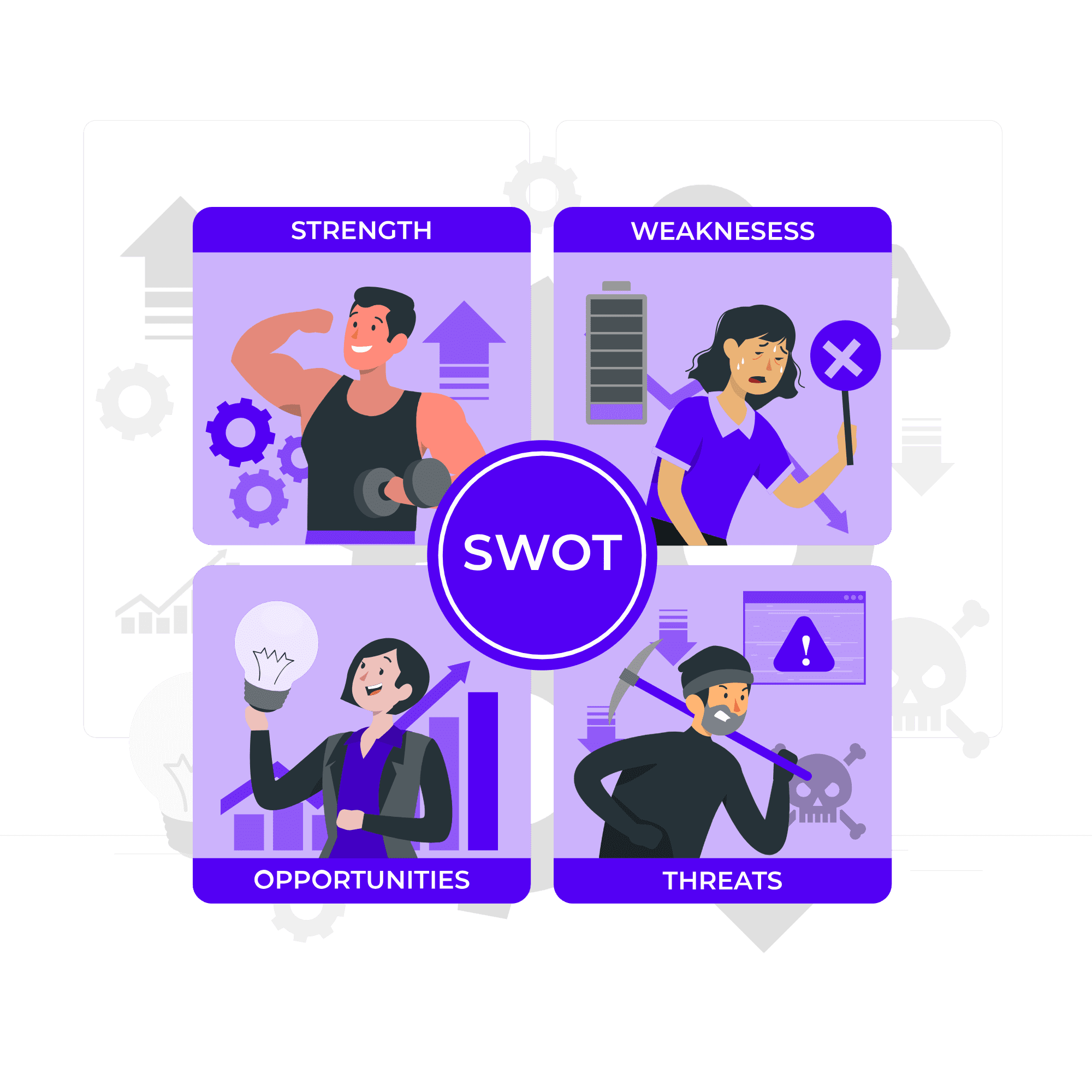
Strengths
- The company’s book value has improved over the last 2 years. Thus, reflecting a steady operational growth.
- An increasing total income is a wonderful sign as it indicates high customer trust.
- Annual net profit has improved over the last 2 years. An increasing net profit reflects high management capability.
- The company has a diversified product portfolio catering to different consumer segments.
- The company focusses on strong parentage and backing from State Bank of India, India’s largest commercial bank.
Weaknesses
- The stock price has underperformed the industry growth. This reflects lower investor confidence.
- The company’s revenue base is concentrated in India. This has led to an increased dependency on the Indian market for revenue generation.
- The company is vulnerable to economic downturns and fluctuations in interest rates.
Opportunities
- The company must expand into new financial products and services in the marketplace.
- The credit card industry has a lot of growth potential because of the increasing middle-income class.
Threats
- The company faces intense competition from domestic and international credit card issuers.
- The industry has witnessed substantial cybersecurity risks in the past year. These risks significantly impact customer loyalty.
Conclusion
SBI Cards and Payment Services Ltd is the largest pure-play credit card issuer in India, offering a wide range of credit cards tailored to different customer needs, with a strong focus on providing value-added payment products and services. The company has experienced growth in Revenue and net profit. It has opportunities for expansion in new financial products and services. However, it faces competition from domestic and international credit card issuers and potential threats from economic downturns and cybersecurity risks. Therefore, it is advised that you perform a thorough analysis before making any investment decisions.
Frequently Asked Questions (FAQs)
Is SBI Cards a joint venture company?
It is a joint venture between the State Bank of India and GE Capital.
Who is the CEO of SBI Cards?
MR. Abhijit Chakravorty is the current MD and CEO of SBI Cards.
What is the Market Cap of SBI Cards?
As of 19th March 2024, the market cap. of the company is 64,908 Cr.
What is one of the weaknesses of SBI Cards?
The company’s operating activities have produced negative figures for the past few years now. This can be considered as one of the major weaknesses of SBI Cards.
Who are SBI cards’ major competitors?
SBI Cards faces tough competition from established players like Bajaj Finserv, Muthoot Finance, and Aditya Birla Capital.
